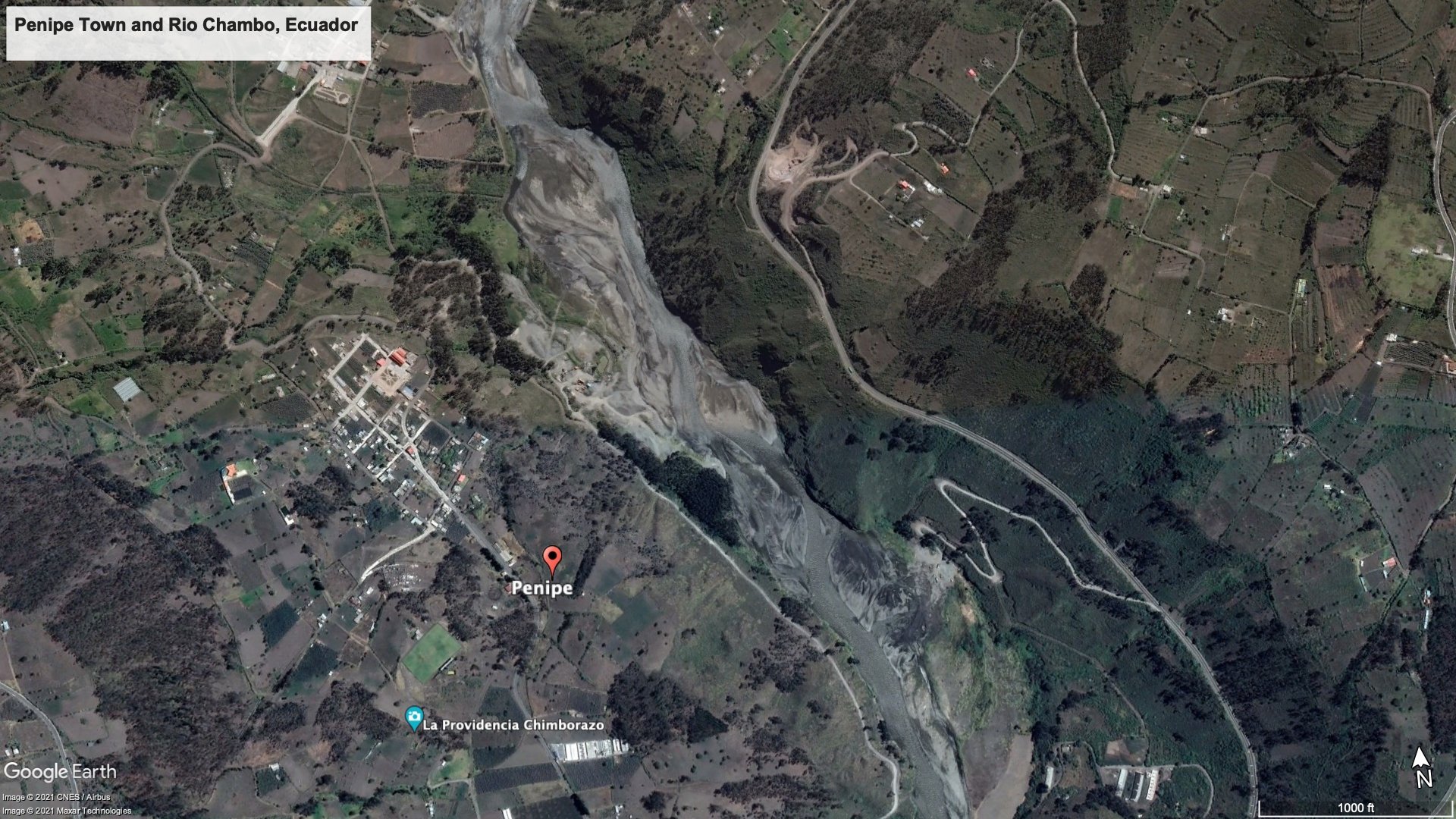Bridge of Ropes |Ecuador 1802 | Alexander von Humboldt
”The small river of Chambo, which flows from the lake of Coley, separates the pleasing village of Guanando from that of Penipe. It waters a ravine, the bottom of which is two thousand four hundred metres above the level of the ocean; and which is celebrated for the cultivation of cochineal, which the natives have followed from time immemorial. In crossing this country to reach Riobamba, on the western declivity of the volcano of Tunguragua, we stopped to examine the country disrupted by the memorable earthquake of the 7th of February, 1797; which, in the space of a few minutes, destroyed thirty or forty thousand Indians. We passed the river of Chambo by the bridge of Penipe, in the month of June, 1802. This is one of those bridges of ropes, which the Spaniards call puente de maroma, or de hamaca ; and the Peruvian Indians, in the quichua language, or that of the Incas, cimppachaca, from cimppa, or cimpasca, ropes, tresses, and chaca, a bridge. The ropes, three or four inches in diameter, are made of the fibrous part of the roots of the agave Americana. On each bank they are fastened to a clumsy framework, composed of several trunks of the schinus molle. As their weight makes them bend toward the middle of the river, and as it would be imprudent to stretch them with too much force, they are obliged, when the banks are low, to form steps or ladders at both extremities of the bridge of hamac. That of Penipe is a hundred and twenty feet long, and seven or eight broad; but there are bridges, which have more considerable dimensions. The great ropes of pitte are covered transversely with small cylindrical pieces of bamboo. These structures, of which the people of South America made use long before the arrival of the Europeans, remind us of the chain bridges at Boutan, and in the interior of Africa. Mr. Turner, in his interesting account of his journey to Thibet, has given us the plan of the bridge of Tchintchieu, near the fortress of Chuka, lat. 27° 14', which is one hundred and forty feet in length, and which may be passed on horseback. This chain bridge in Boutan is composed of five chains covered with pieces of bamboo.”
[…]
A bridge of hamac lasts generally in good condition only twenty or five and twenty years. It is necessary, however, to renew some of the ropes every eight or ten years.”_
Researches, concerning the institutions & monuments of the ancient inhabitants of America : with descriptions and views of some of the most striking scenes in the Cordilleras by Humboldt, Alexander von, 1769-1859; Williams, Helen Maria, 1762-1827, published 1814, online at archive.org
To read about a modern rope bridge in Peru go here.
Image from Google Earth: the bridge described by Humboldt must’ve been somewhere in this location.

